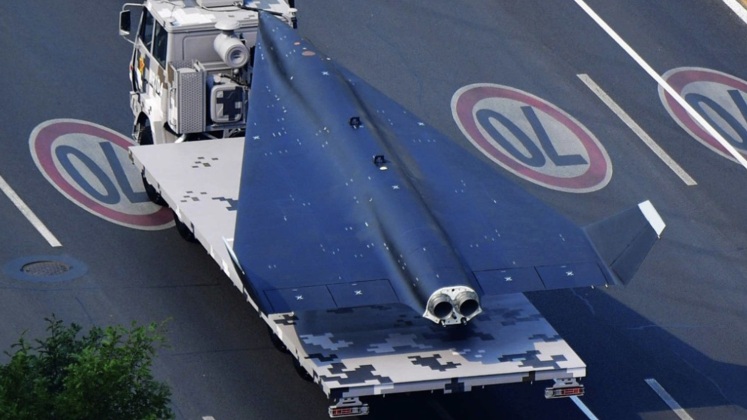The Chengdu Aircraft Corporation’s test airfield has been home to most of China’s most innovative fighter jets in their early development stages, and has recently housed a new aircraft which resembles concepts seen in the U.S. for a next generation air dominance fighter. The sighting follows the unveiling of two never before seen fifth generation Chinese fighters in the final week of October, namely a twin seat variant of the heavyweight J-20 and a carrier based medium weight jet based on the FC-31 technology demonstrator. While the rival Shenyang Aircraft Corporation long focused on developing improved indigenous derivatives of Soviet designs, such as the J-16 and J-11B based on the Soviet Su-27 Flanker, the Chengdu Aircraft Industry Group was expected to be the first to produce a sixth generation fighter much as it had produced the J-20 – which remains the only non-American fifth generation fighter in active service anywhere in the world. While the rest of the world struggles with fifth generation technologies, China and the United States remain entirely in a league of their own with multiple active fifth generation fighter squadrons and with sixth generation programs well underway.

China’s new fighter has a diamond-like delta shape with a thin nose section and a wingspan comparable to that of the J-20 which is among the very largest fighters in service in the world. Its tailless design has been a feature widely speculated to be at the centre of sixth generation programs, and with new advanced flight control surfaces it has the promise to provide an unprecedented degree of stealth. Such aircraft also benefit from greater efficiency for sustained high speed cruise, and can compensate in terms of manoeuvrability for the lack of a tail by relying on thrust vectoring engines. The most prominent tailless aircraft today are the American B-2 Spirit bomber, various drones such as the Chinese GJ-11 using flying wing designs, and the Chinese WZ-8 hypersonic surveillance drone. The U.S. previously planned to develop a tailless fifth generation strike fighter under the A-12 program although this was terminated due to extreme costs. It remains uncertain if the new Chinese design is manned or unmanned, whether it has yet flown, and whether its discovery by satellite was intended, but the possibility remains significant that it may enter service in the coming decade as one of the world’s very first sixth generation fighters.
